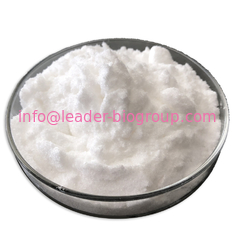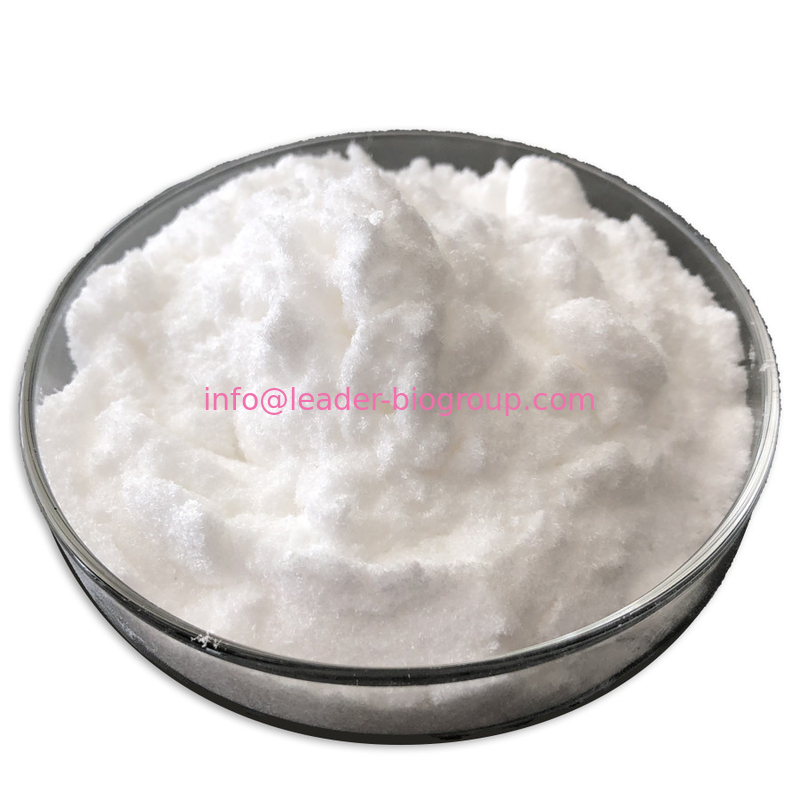| Triclocarban Basic information |
| |
| Triclocarban Chemical Properties |
| Melting point |
254-256 °C(lit.) |
| Boiling point |
344.2±42.0 °C(Predicted) |
| density |
1.5732 (rough estimate) |
| vapor pressure |
<0.1 mm Hg ( 25 °C) |
| refractive index |
1.6300 (estimate) |
| Fp |
150 °C |
| storage temp. |
Refrigerator |
| solubility |
methanol: soluble |
| pka |
12.77±0.70(Predicted) |
| form |
neat |
| color |
Fine plates |
| Water Solubility |
<0.1 g/100 mL at 26 ºC |
| Merck |
14,9654 |
| Stability: |
Stable. Combustible. Incompatible with strong oxidizing agents strong bases. |
| InChIKey |
ICUTUKXCWQYESQ-UHFFFAOYSA-N |
| CAS DataBase Reference |
101-20-2(CAS DataBase Reference) |
| NIST Chemistry Reference |
3,4,4'-Trichloro carbanilide(101-20-2) |
| EPA Substance Registry System |
Triclocarban (101-20-2) |
| Hazard Codes |
N |
| Risk Statements |
50/53 |
| Safety Statements |
60-61 |
| RIDADR |
UN 3077 9/PG 3 |
| WGK Germany |
2 |
| RTECS |
FE1250000 |
| HazardClass |
9 |
| PackingGroup |
III |
| HS Code |
38220090 |
| Hazardous Substances Data |
101-20-2(Hazardous Substances Data) |
| Toxicity |
LD50 ipr-mus: 2100 mg/kg LPPTAK 27,306,79 |
| |
| Triclocarban Usage And Synthesis |
| Chemical Properties |
white crystals or powder |
| Originator |
Cutisan,Innothera,France,1960 |
| Uses |
Labelled Triclocarban |
| Uses |
Used as bacteriostat and antiseptic in soaps and other cleansing compositions. Antiseptic, disinfectant. |
| Uses |
Bacteriostat and antiseptic in soaps and other cleansing compositions. |
| Definition |
ChEBI: A member of the class of ureas that is urea substituted by a 4-chlorophenyl and a 3,4-dichlorophenyl group at positions 1 and 3 respectively. |
| Manufacturing Process |
To a suitable reaction vessel equipped with a thermometer, agitator and reflux condenser and containing 8.1 parts by weight (substantially 0.05 mol) of 3,4-dichloroaniline in approximately 57 parts by weight of diethyl r is added dropwise a solution of 7.7 parts by weight (substantially 0.05 mol) of 4- chlorophenyl isocyanate in approximately 15 parts by weight of diethyl r at such a rate so as to maintain gentle reflux. Upon completion of the isocyanate addition the reaction mass is agitated for about one hour. The mass is filtered and the residue washed with diethyl r. The dried product is a white fluffy solid which on recrystallization from ethanol gives fine white plates of 4,3',4'-trichlorocarbanilide, melting point 255.2°C to 256.0°C (88.0% yield) |
| Therapeutic Function |
Disinfectant |
| General Description |
Fine white plates or white powder. |
| Air & Water Reactions |
Insoluble in water. |
| Reactivity Profile |
A halogenated amide. Organic amides/imides react with azo and diazo compounds to generate toxic gases. Flammable gases are formed by the reaction of organic amides/imides with strong reducing agents. Amides are very weak bases (weaker than water). Imides are less basic yet and in fact react with strong bases to form salts. That is, they can react as acids. Mixing amides with dehydrating agents such as P2O5 or SOCl2 generates the corresponding nitrile. The combustion of these compounds generates mixed oxides of nitrogen (NOx). |
| Fire Hazard |
The flash point of Triclocarban has not been determined. Triclocarban is, however, probably combustible. |
| Safety Profile |
Moderately toxic byintraperitoneal route. When heated to decomposition itemits very toxic fumes of Clí and NOx. |
| |
| Triclocarban Preparation Products And Raw materials |
|

